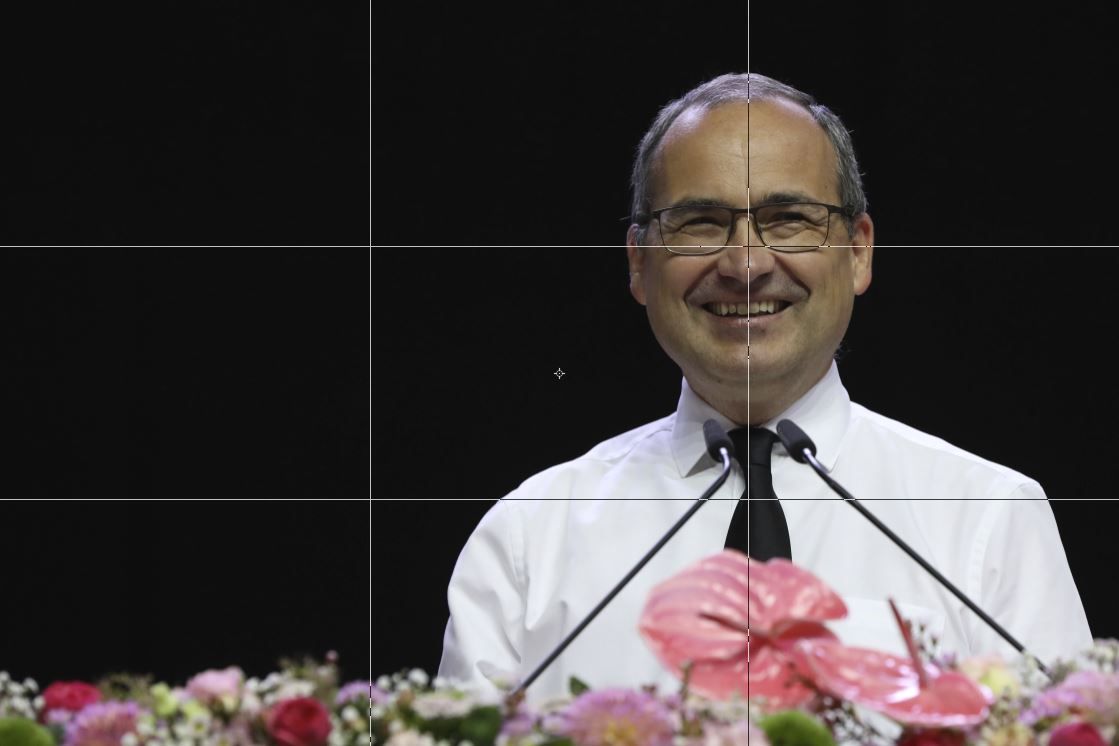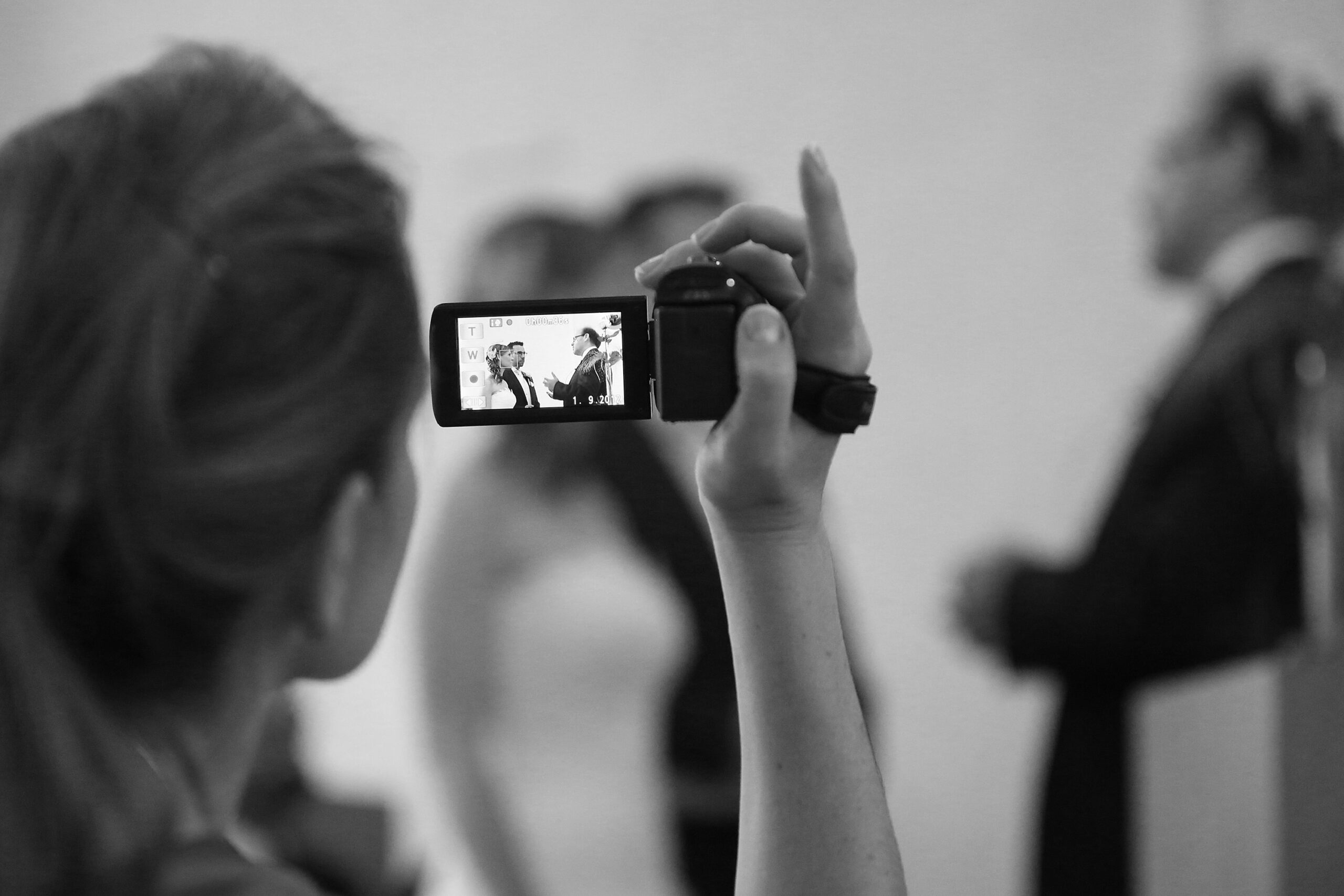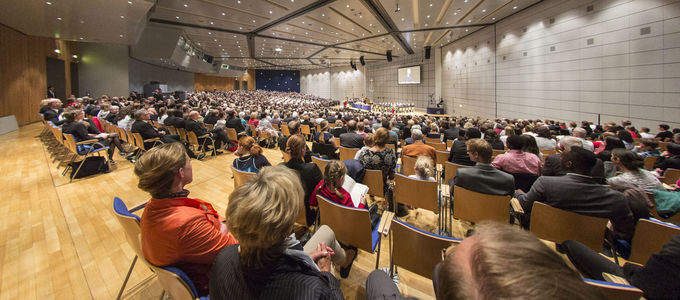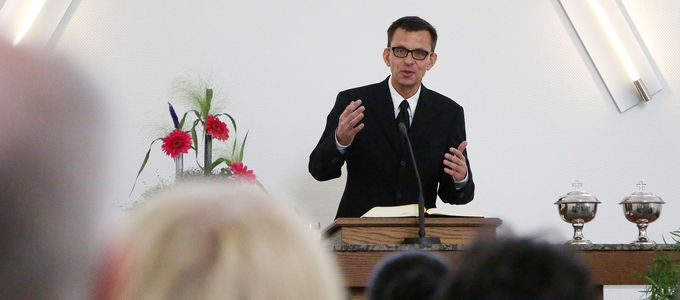In the picture (5): snapping shots with sensitivity
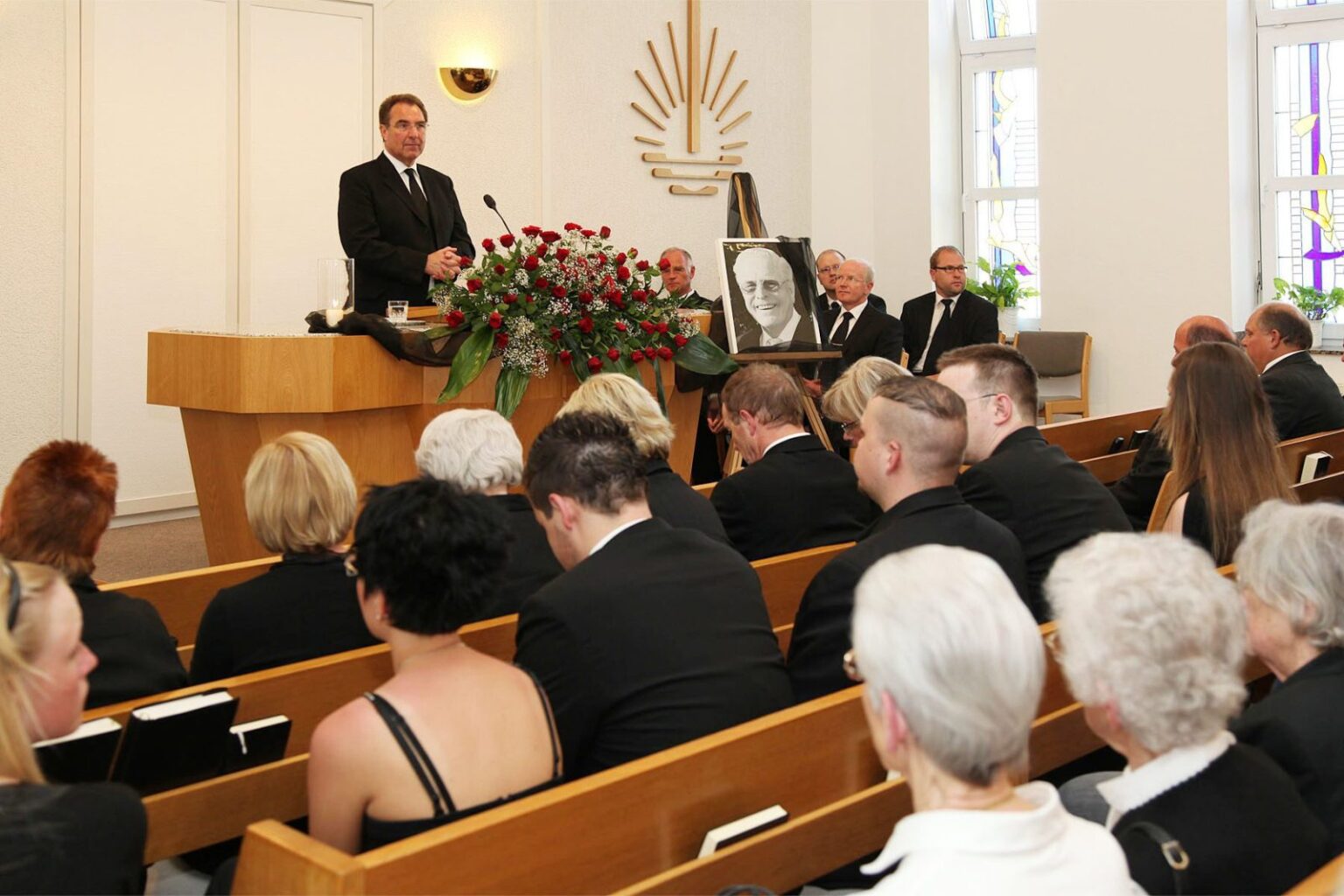
Joy, grief, reverence, warmth: many a divine service is filled with emotion—especially when something special is on the agenda. However, tender feelings can also prove sensitive—which means it is also important to use fingertip sensitivity when snapping photos.
Holy, not hurried — that is the basic motto when it comes to taking photographs in divine services. The best recipe for success is good preparation. This includes prior consultation with the parties involved, packing the right equipment, and having a good plan of attack.
Another decision that needs to be made before the event itself—and it is one by way of which the photographer can cause quite a stir in the worst case—is the answer to the question: “What should I wear?” Naturally, the attire will depend upon the occasion.
Cracking the dress code
For gentlemen, the appropriate attire is a covered business suit, and depending on the divine service, perhaps even a black suit. So recommends Oliver Rütten, the author of a book entitled Photography in the divine service. For ladies, a covered pantsuit, dress or pants with blouse or shirt is most appropriate.
Both genders are well advised to wear shoes with rubber soles. This minimises the sound of footsteps, which tend to become rather loud on the stone or wood floors of church buildings.
For concerts, where the light is often dimmed as well, photographers can even make themselves a little more invisible by wearing completely black attire.
The altar is off limits
In the divine service itself, there is one area that is definitely off limits to shutterbugs—namely the altar area—not only because every eye is looking in that direction, but also because the altar is a sacred, holy place. For this reason the altar area should basically remain untouched.
This also applies outside of the divine service. It often seems like the altar would be a really good vantage point from which to take a group photo. But there are also alternatives for this, namely from the side or, even better, from the perspective of a balcony.
Guidelines for holy acts
When it comes to holy acts, it is all about preserving the sanctity of the event, especially if it is part of a divine service. Above all, this applies to the sacraments of Holy Baptism and Holy Sealing, but also acts of blessing such as confirmation, weddings, and wedding anniversaries, not to mention ordinations and appointments.
While photos can be taken here as an exception, it is important to keep a few things in mind:
- consult well in advance with the officiant and the parties involved in the act
- keep a suitable distance, use your lens for close-ups
- assume the appropriate position before the act begins
- take your photos without using the flash
- it is best to take photos towards the end of the act
Decency through distance
Respect is the order of the day at funerals. On such occasions it is out of the question to make a show of the mourners in their suffering. Rather than a close-up, an overview shot would be a better option, perhaps even a shot of the sanctuary from back to front.
Even in completely normal divine services, there are moments when close-ups are not desirable. Prayer is part of the very personal relationship between the believer and God. For this reason, individuals should not be photographed while they are praying. You can always get a photo of the whole congregation as an overview shot, if necessary.
Anyone who can muster such a degree of sensitivity when pointing a camera will find it easy to make a special event into an unforgettable memory for all.
Photo : Oliver Rütten





